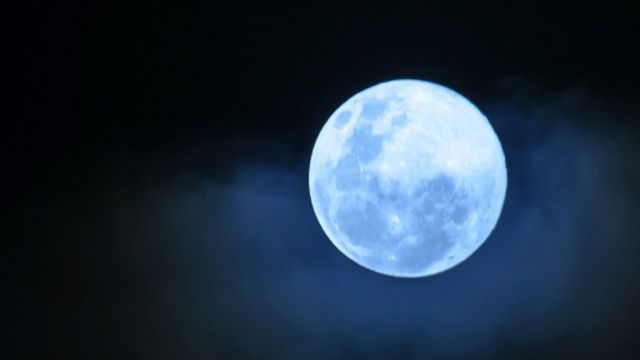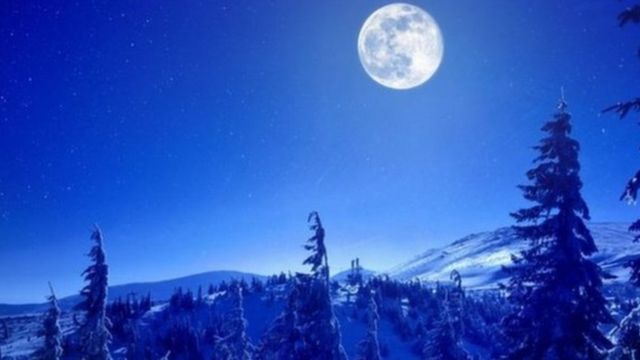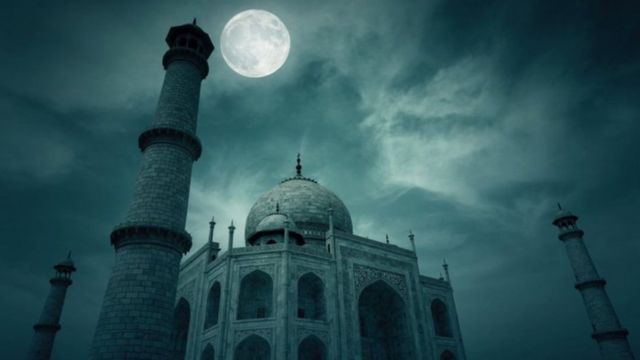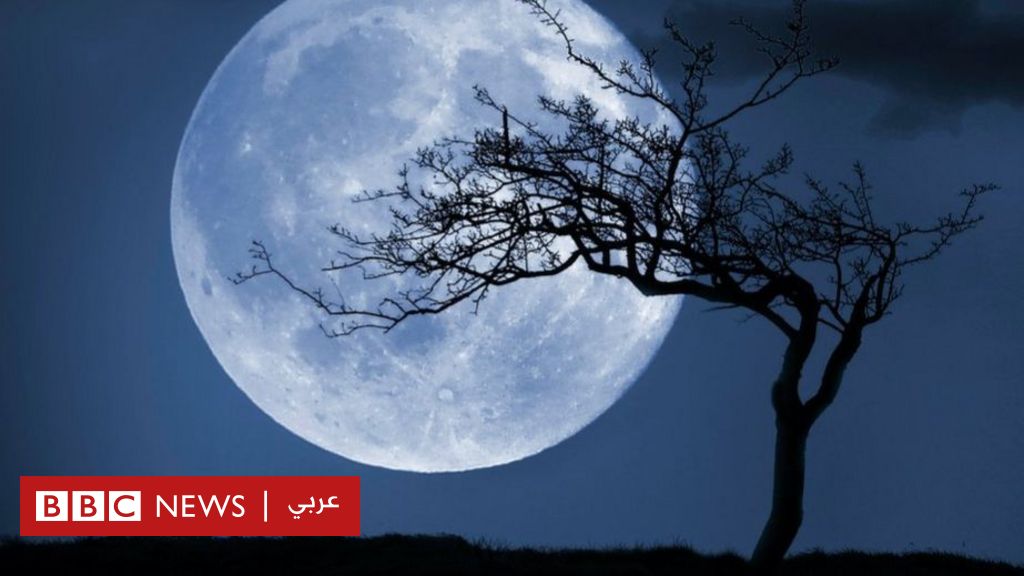4 hours ago
Image Released, GETTY IMAGES
—
The discussion of “Blue Moon” and “Halloween” currently occupies a lot of space on social media platforms
–
Many social media users around the world talk about “a blue moon on Halloween”, so what is the story?
–
It seems that (October 31) of the year (2020) the strangest year will witness a night described as the scariest night, as a strange blue moon lights up the night’s cold and dark sky.
–
Is this true 100 percent?
–
Discussing the phenomenon of “Blue Moon” and “Halloween” is currently occupying a large space on social media platforms, as well as launching hashtags about it, but do not believe everything you read.
–
Here’s what really happens, and it’s rather exciting at the same time.
–
Will the moon really be blue?
“This is a mistake,” says Ed Bloomer, an astronomer at the Greenwich Observatory in Britain.
–
The term “blue moon” has nothing to do with the actual color of the moon, everything relates to the timing of the “full moon” during the year.
–
However, it will probably be beautiful, regardless of anything else, and the moon will sometimes appear colorful.
–

Image Released, Getty Images
—
The moon will not be blue as it is said
–
“If you’re lucky, and depending on where you live, you might see a slight blue tint,” says Ed.
–
“Sometimes, if there are small dust particles or smoke in the atmosphere, the moonlight may turn into a hazy blue tinge,” he adds.
–
This is definitely cool, but it’s not a “blue moon.”
–
He adds, “It is beautiful, but it is visible in the atmosphere, it has nothing to do with astronomy. It is a trick of light. Rest assured, the moon remains completely intact.”
–
What is a “blue moon” then?
“There are at least three different definitions of what a blue moon is, and they’re all completely different,” says Ed.
–
All definitions include the term full moon, “full moon,” which is the only similarity between them.
–
It may seem unusual because the astronomical seasons often (depending on the position of the Earth in relation to the sun) witness only three cases of the moon taking on a full moon.
–
During the measurement, you must forget the meteorological seasons as we all know them: spring, summer, autumn and winter, and think as an astronomer, so each cycle begins and ends at the equinox (spring or autumn), that is, night and day are equal, (when the sun crosses the celestial equator, Twice a year) and solstice, (when the sun reaches its highest or lowest point in the sky at noon, twice a year.
–
Again, it may seem completely unusual because a typical year has 12 full-year periods (once per month).
–

Image Released, GETTY IMAGES
—
The term “blue moon” has nothing to do with the actual color of the moon
–
However, since the phases of the moon are 29.5 days long, the accumulation of time eventually creates an additional pressure of the moon, the thirteenth moon, about every two and a half years.
–
This is what we will see on October 31, but there is a simple problem: This final definition is wrong.
–
Perhaps this is the most common definition of “blue moon” because it is very easy to understand compared to other definitions, but it is a mistake and dates back to the 1940s and spread through contests and radio programs.
–
Ed says: “There was confusion in the meaning, and this definition became universal in the 1980s due to a game called Trivial Pursuit. It recently spread on social media, and it seems that it will remain.”
–
How rare is this phenomenon?
“Well, that depends entirely on which definition you choose for a blue moon,” says Ed.
–
If you currently choose the more common definition, you can expect to see a blue moon about every two or three years.
–

Image Released, GETTY IMAGES
—
“If you’re lucky, and depending on where you live, you might see a slight blue hue,” says Ed.
–
“But beware, not every place in the world can see the same number of blue moons a year,” he adds.
–
Wait a minute, how does that happen?
–
Ed says, “Due to the different timing of regions on the globe, the moon may only have one moment in which it is complete and becomes full.”
–
What is really unique is that there are two blue moons in one calendar year (sometimes only two months apart), as happened in 2018.
–
If you missed this event, you should wait until March 31, 2037 to seize another opportunity.
–
Will this be the scariest night of the year?
–
“As a scientist, I don’t see anything scary about it, but it’s always good to see a full moon,” Ed says with a laugh.
–
A full moon and the succession of seasons, from Mongolia to the Andes, have been a constant inspiration for myths and folk tales (Halloween is among them) but they have also stimulated scientific progress.
–
This passion for observing the moon and its movements goes back a long time, and Ed says: “The calendar setting around the world has always concerned people. Look at Stonehenge (rocks) and other ancient sites. It is the way we follow time and patterns in the sky, how it led us to understand the world. Around us. “
–
“When we tell stories, we make it easier to tap into some complex knowledge,” says Ed.
–
“For astronomers, it’s a wonderful opportunity for public participation: People care about it, and I’m talking about the moon,” he says.
–
So, wherever you are on October 31st, remember to look and enjoy the show.
—


